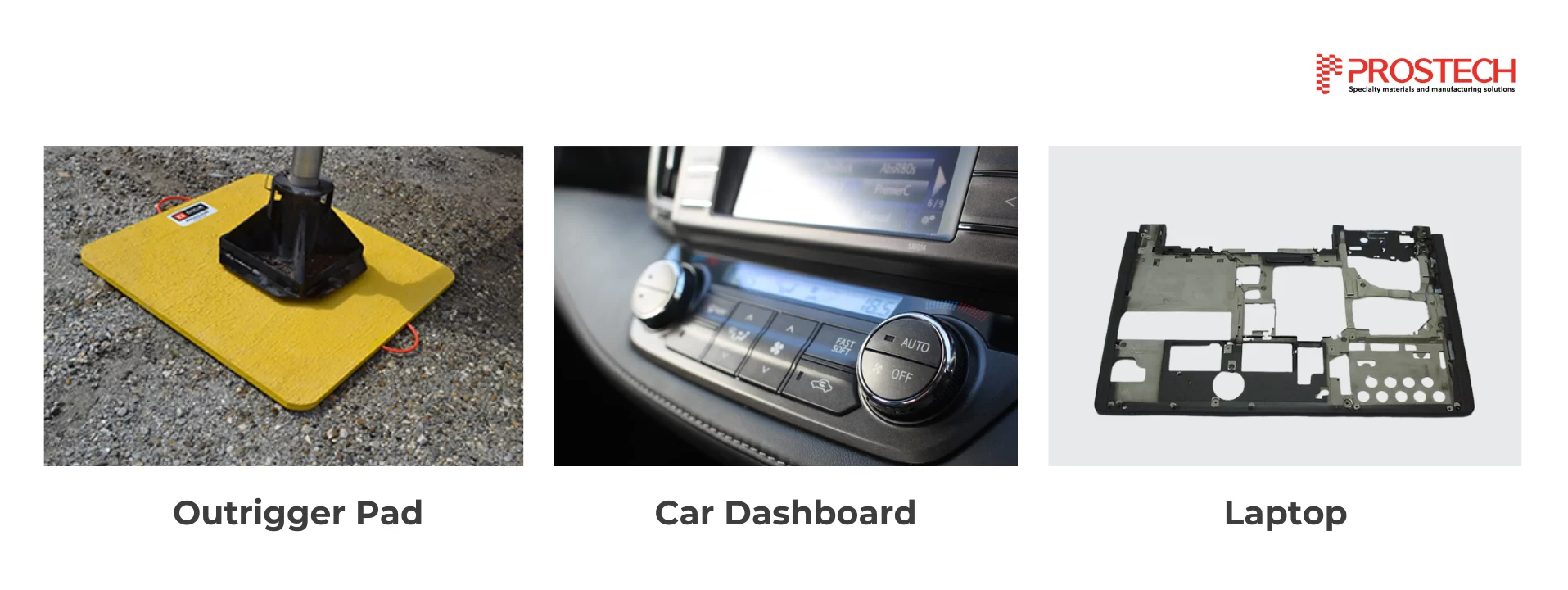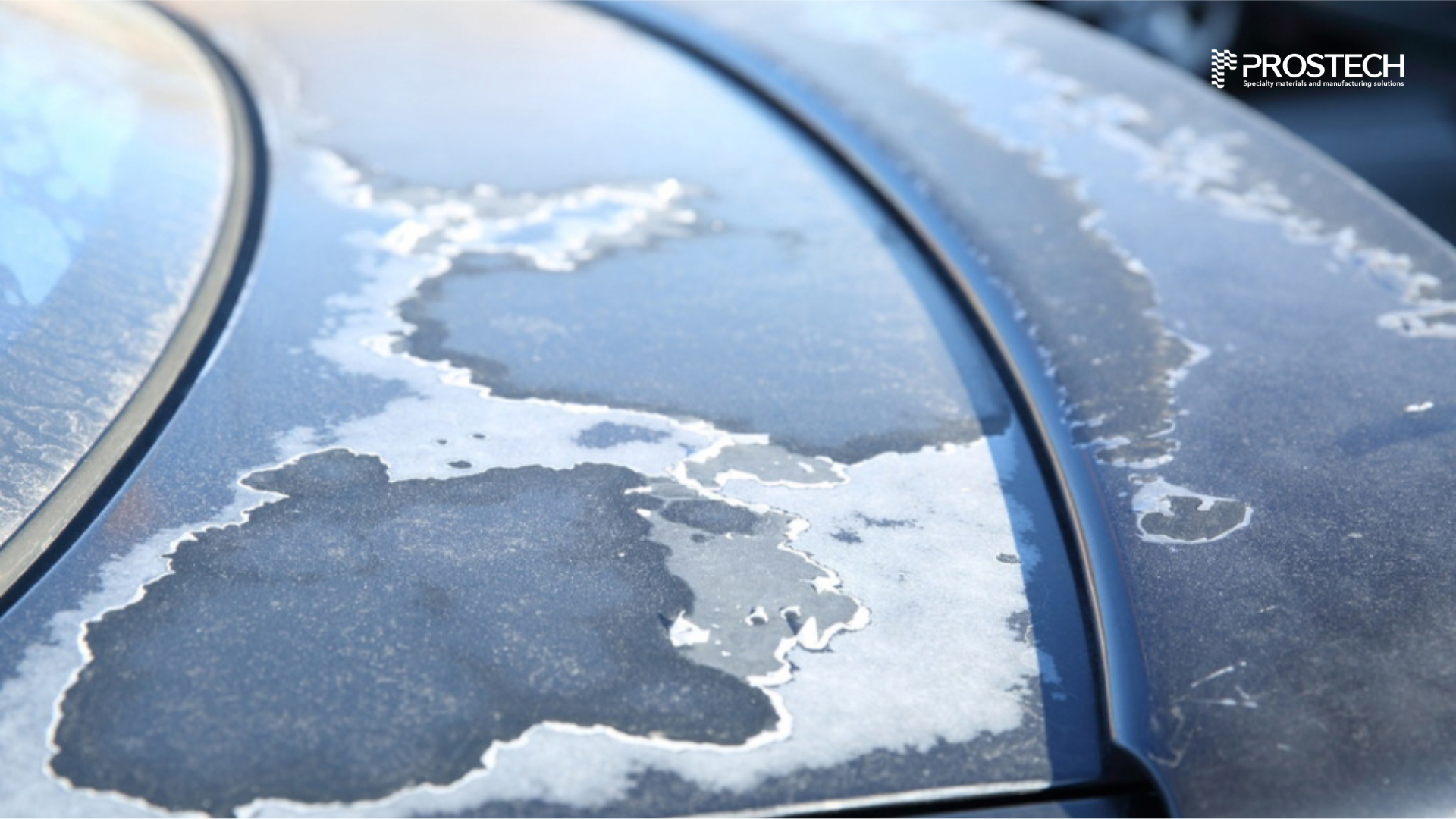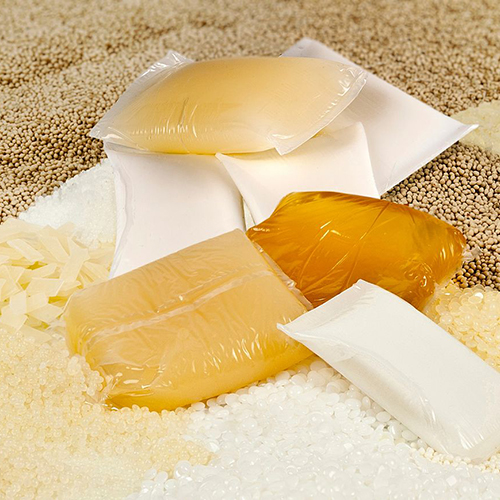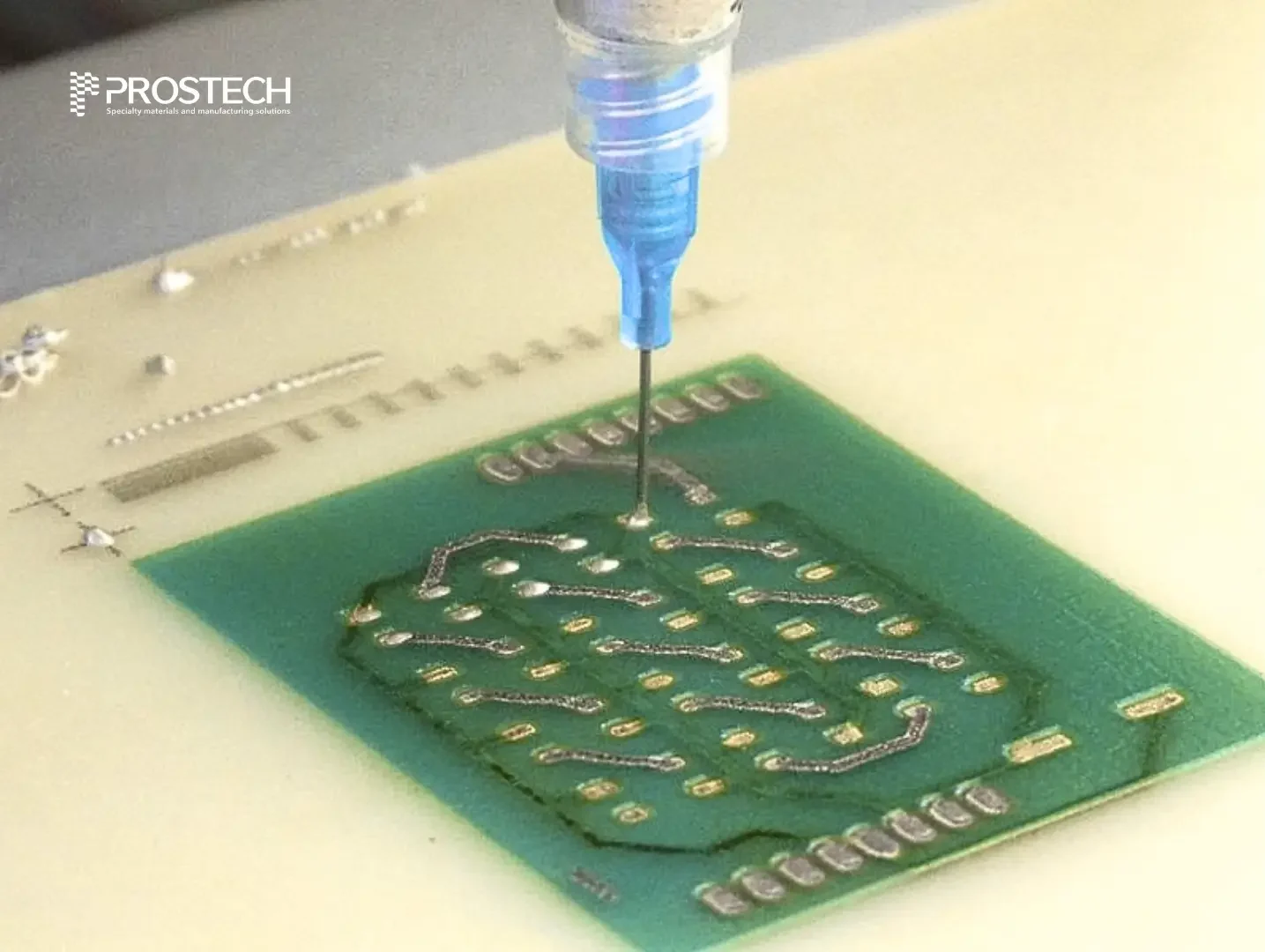Today’s materials industry is constantly evolving, providing manufacturing engineers with a wealth of options to improve their designs and manufacturing processes. Joining parts of the same material, such as plastic to plastic and metal to metal, has become easier than ever. However, plastic and metal are two different materials, while plastics tend to have impervious surfaces and are naturally less adhesive, metals tend to have very hard surfaces and are difficult to glue.
Therefore, choosing the right type of plastic-to-metal adhesive plays an important role in ensuring the durability and effectiveness of the bond. With the variety of adhesives on the market, from epoxy, cyanoacrylate to acrylic, each has its own advantages and disadvantages. This article will help you learn how to choose the best type of adhesive for bonding plastic to metal, based on factors such as the surface properties of the part to be assembled, the force applied to the bond, and the environmental conditions that the product must endure during use, in order to bring optimal results to the product.


Factors to consider when choosing an adhesive for bonding plastic to metal
When choosing an adhesive to bond plastic to metal, there are several important factors to consider to ensure a strong and durable bond:
Substrate and Surface Conditions


Before choosing the adhesive, it is necessary to determine the type of plastic needs to be bonded (because compared to metal, plastic are materials with low surface energy, therefore it is often more difficult to bond).
1. Plastic surface:
These days, there are many types of plastic such as PC (polycarbonate), PE (polyethylene), PP (polypropylene), PVC (Polyvinylchloride), PS (polystyrene), ABS… Each type of plastic has different material properties and surface energy, so the choice of plastic adhesive will also be different.


In the case of plastic surfaces with low surface energy such as PE, PP, PS… – materials that are difficult to bond, we can increase the surface energy of the material by surface treatment/surface energy increase method to improve adhesion.
For high surface energy plastics, most can be bonded well if good adhesives are used on metal surfaces. That is, if there is not too much difference between the surface energy of the plastic and the metal, the problem can be reduced to finding a good adhesive for metal. It should also be noted that the release agent and plasticizer that flow out during processing can affect the surface energy of the plastic.
Related Articles:
What is Plasma Surface Treatment and how does it work on the surface?
Low surface energy trend solutions to different surface bonding
2. Metal Surface
Metal surface bonding is quite simple, however, it also has some characteristics that need to be noted because metal can be affected by molecular particles, chemicals and oxidation, these altered areas will make it difficult for the metal adhesive to adhere. Therefore, pre-treatment of the metal surface before bonding is an extremely important step to ensure strong adhesion.


In short, before proceeding with the adhesive application, we needs to determine what material the surface to be glued is and whether it needs to be pre-treated. In case of needing treatment, you can refer to the surface treatment methods provided by Prostech.
2. Forces
| Tensile Strength | Shear Strength | Peel Strength | Compression Loads |
When bonding dissimilar materials, tensile, peel, shear, and compressive forces may not be the most significant stresses on the joint. Each type of metal and plastic has a different coefficient of thermal expansion at a different rate. The area to be bonded and the size of the object to be bonded can create new, more significant stresses than the above common forces.
In the case that the product after bonding must operate in an environment with changing temperatures, you need to consider choosing a plastic-to-metal adhesive that can expand and absorb the pressures caused by the thermal expansion of the plastic and metal.
3. Desired Process
The assembly process depends a lot on the glue injection process and the number of glue components. Basically, there are three types of glue commonly used today to bond plastic to metal:
- Two-component adhesives: These adhesives are usually acrylic or epoxy based and offer superior adhesion and impact resistance. Therefore, they are suitable for applications in harsh environmental conditions. In cases where the manufacturer already has a pre-measured, mixed and dispensing system, the automated assembly process will be easier. However, even without this modern system, the bonding process can be carried out easily with PROSTECH’s two-component adhesive.
- One-component adhesives: are adhesives that contain only one component and can be cured by moisture or heat. Single-component adhesives have the advantage of being easy to use, having a long “working time”, allowing for easy adjustment of the bond before fixing, as well as not having to worry about ensuring the adhesive is mixed in the correct proportions. One-component adhesives can also be combined with automated dispensing systems to increase productivity.
- CA (cyanoacrylate) adhesive: is a single-component adhesive that is easy to use and dries quickly. CA adhesive is capable of creating strong bonds on a variety of materials (including plastics and metals) in seconds to minutes, depending on the adhesive and environmental conditions. In addition, CA adhesive is easy to use with an easy glue injection process (no complicated measuring and mixing procedures required).
Thus, if the manufacturer has an automated system, two-component or one-component adhesives may be the best choice. Two-component adhesives are especially effective in mass production. If the manufacturer needs speed and flexibility, CA instant adhesives will be more suitable, especially in applications that require short working times and fast drying.
Some of the most common glues used to bond plastic to metal
Two-component adhesive (2K)
Some two-component adhesive products suitable for bonding plastic to metal include JD050-27, DP110, TA4610, MA310, MMA5118-1. The adhesive provides high adhesion and good resistance, suitable for applications requiring high mechanical strength and resistance to harsh environments.


Two-component epoxy adhesive products
One component adhesive (1K)
JD184-4, FP9533, UV5140 are some types of one-component adhesives that can cure by heat or moisture, easy to use and apply when bonding metals and plastics, often used in industrial applications that require durability and strong adhesion.
CA (cyanoacrylate) adhesive
Mxbon 21401, Mxbon 21380, Born2bond Ultra, CA51D-401 are some of the popular CA adhesive products, creating strong bonds on a variety of materials, including plastics and metals, suitable for applications requiring short working times and precision in the bonding process.


Cyanoacrylate adhesive products
Choosing the right adhesive for bonding plastic to metal depends on the specific requirements of the application and environmental conditions. Each type of adhesive has its own advantages and is suitable for different requirements in the production and use of the product. With years of experience in the field of adhesives, Prostech is ready to support customers in choosing the right adhesive and providing solutions integrated into the production line to optimize production efficiency. Contact us for a free consultation.








